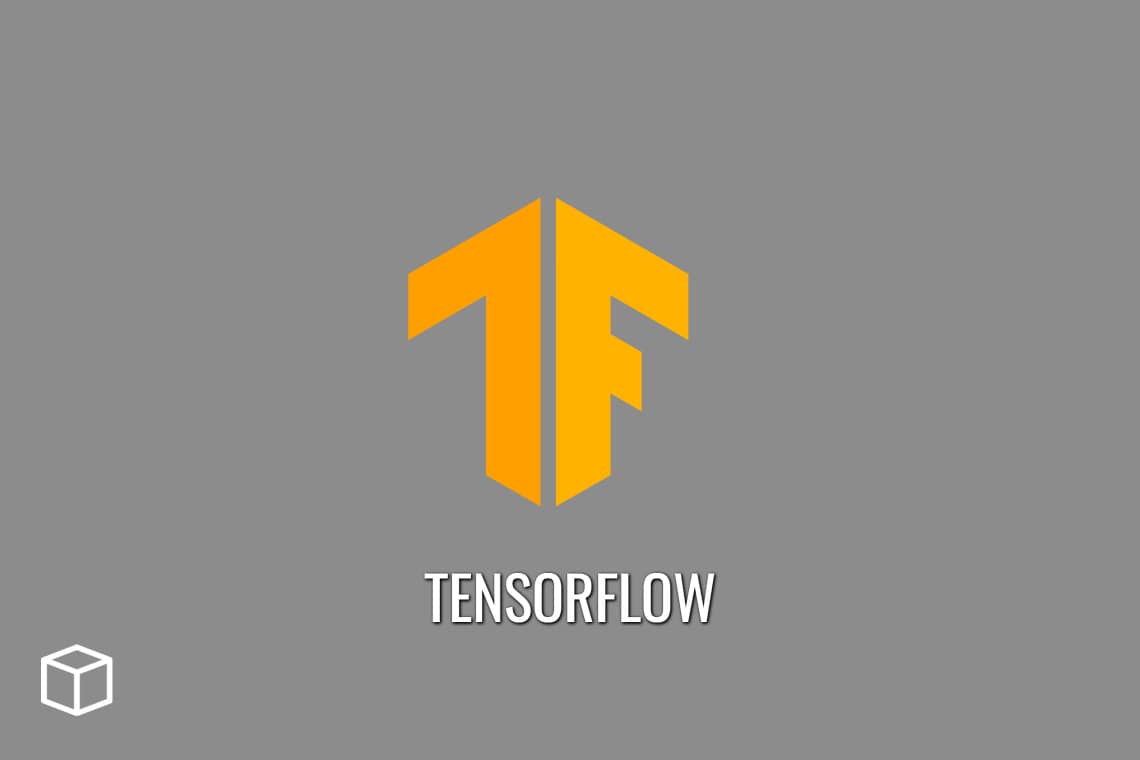TensorFlow is a free, open-source software library for large-scale machine learning with a focus on deep neural networks.
In this article, we will look at TensorFlow in detail and will try to answer all your questions with regards to this most popular end-to-end open source platform for machine learning.
Let’s start.
What is TensorFlow?
TensorFlow is a machine learning system developed by researchers and engineers at Google.
TensorFlow was among the first systems to use distributed representations and it can be used to train both deep neural networks and machine learning systems which employ the Monte Carlo method.
TensorFlow is flexible and can be used for different application scenarios e.g., inference, natural-language processing, speech recognition, gaming.
How does TensorFlow work?
TensorFlow is a software tool for manipulating and understanding data, and it has been created by Google.
TensorFlow is free of cost and can be accessed by anyone with an internet connection. It does require some computer skills to operate (for example, the ability to use the terminal).
Users can also download a “limited-use” version of TensorFlow that doesn’t allow any data to leave their computer. The TensorFlow website provides detailed tutorials of how to “learn about machine learning and deep learning” using it.
How to install TensorFlow?
You can read this article on how to install TensorFlow – https://www.tensorflow.org/install/pip#ubuntu
How to install TensorFlow on Windows?
In order to install tensorflow on windows, you need to get the installer software from here: https://www.tensorflow.org/install/
You also need a python environment. Instructions of how to do this can be found here: https://www.tensorflow.org/install/get_started
How to install TensorFlow in Anaconda
You need to this link – https://docs.anaconda.com/anaconda/user-guide/tasks/tensorflow/
What is a tensor in TensorFlow?
A tensor is a generalization of the concept of vectors to more than two dimensions. TensorFlow is an open-source software library for the numerical computation using data flow graphs.
How to uninstall TensorFlow?
You can uninstall Tensorflow by running this command:
pip uninstall tensorflow
It does not matter which version of TensorFlow you had installed, the latest or whatever. We can uninstall it by running only that command and then we will be good to go.
Who owns TensorFlow?
TensorFlow was developed by the Google Brain team for their internal Google use.
What are some features of TensorFlow?
Some features of TensorFlow include:
– black box that can take in inputs, perform arbitrary computations and give outputs while maintaining a certain level of complexity;
– modular architecture needed to implement machine learning algorithms;
– automatic differentiation techniques that enable different parts of a machine learning model to be trained independently;
– support for CPU, GPU, and Google’s own TPUs.
What is TensorFlow Lite?
TensorFlow Lite is a library to deploy machine learning models. It allows you to run the operations on a range of different devices, from commodity phones to IoT devices.
One of the main targets for this library are people who don’t have a lot of expertise in machine learning. You don’t need a PhD to use TensorFlow Lite and operate the models that it has trained.
It is primarily designed for inference rather than training. The library can be downloaded through git-lfs so you won’t need an internet connection to work with it.
What language is TensorFlow written in?
TensorFlow is written in a combination of Python, C++ and CUDA.
TensorFlow and PyTorch are examples of which type of machine learning platform?
TensorFlow and PyTorch are the two widely used machine learning frameworks that support artificial neural network models
Is TensorFlow a Python library?
TensorFlow is a Python library, and it offers capabilities for AI-based machine learning.
It can be used to solve all sorts of problems, including text-based information extraction (chatbots), photo captioning, and even things like time series forecasting.
So this blog post covered lots of aspects about TensorFlow.
We will keep adding more useful points in this article in future.
See you next time!
You Might Also Like
- What is Google Sheets and How does it work?
- What is MATLAB and How does MATLAB works?
- What is HTML and How does HTML works?
- What is Dropbox and How does Dropbox work?
- What is Google Drive and How Does Google Drive work?
- Best Coding Apps for Beginners
- What is Web Development and How to Learn it
- What is Mobile Development and How to Learn it
- What is Proxy server and How does it work?
- What is Hadoop and How does Hadoop work?





